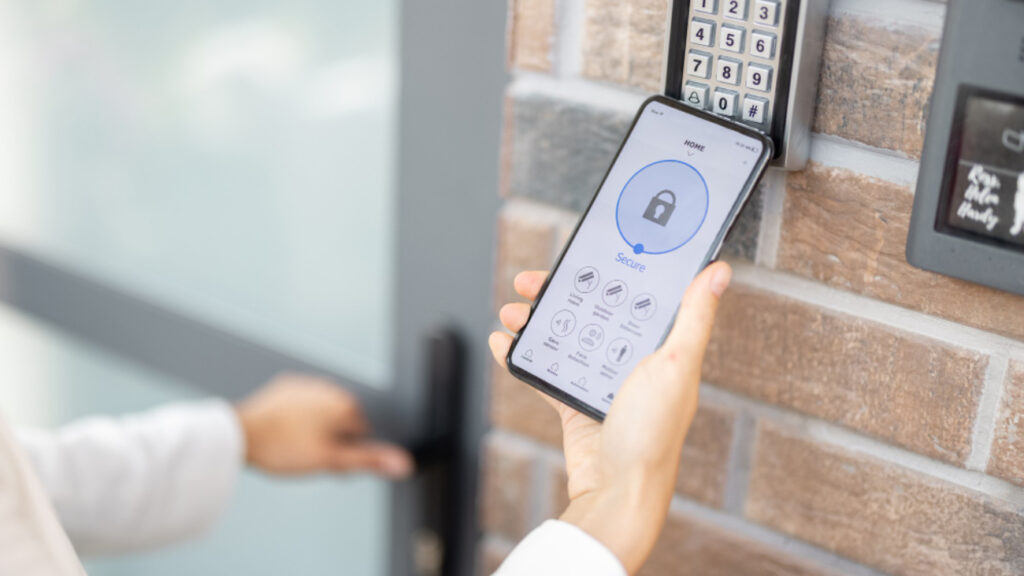According to Bahaa Abdul Hadi, Access control systems are tools used to allow or deny access to physical and digital elements. Without them, unauthorized people or entities could easily have access to sensitive areas and information. Let’s take a look at what access control systems are, how they work, and what type of solutions are available.
1. What is an Access Control System?
An access control system is a system that manages the authorization of personnel or machines to access a specific area or data. To ensure safety and security, many companies and organizations use access control systems to monitor and limit who has access to certain areas or data.
2. How Do Access Control Systems Work?
Access control systems rely on users (or machines) being authenticated through some form of identification. This can be in the form of a keycard, password, fingerprint, RFID tag, or even facial recognition. Once the user is authenticated, the access control system then grants or denies access depending on the credentials provided.
3. Types of Access Control Solutions
There are several types of access control solutions available, ranging from basic physical locks to more complex networked systems. Some common solutions include:
• Physical Locks – Traditional key-and-lock systems are still widely used for low-security applications.
• Keycards – Digital versions of physical locks, these require users to present their keycards before entering.
• Biometrics – Uses biometric technology such as fingerprints or facial recognition to authenticate users.
• Networked Systems – Digital access control systems that can be managed over a computer network, giving administrators greater control over who has access to what.
4. Benefits of Using an Access Control System
Using an access control system offers numerous benefits for businesses, organizations, and homeowners alike. Benefits include improved security, reduced risk of unauthorized access, increased efficiency, and better audit trails. With the right system in place, users can rest assured that only those with proper credentials will be allowed into sensitive areas or be able to view confidential information.
Final words
In conclusion, access control systems are a great way to ensure the security of your premises and data. They provide an additional layer of protection, helping to minimize the risk of intrusions or unauthorized access. Implementing an access control system can help improve efficiency and automate processes, as well as reduce costs associated with manual labor.
It is important to consider all factors before investing in an access control system, including a budget, security needs, user rights, and access restrictions. With careful planning and implementation, an access control system can be a valuable asset to any organization.
Thank you for your interest in Bahaa Abdul Hadi blogs. For more information, please stay tuned to www.bahaaabdulhadi.com







